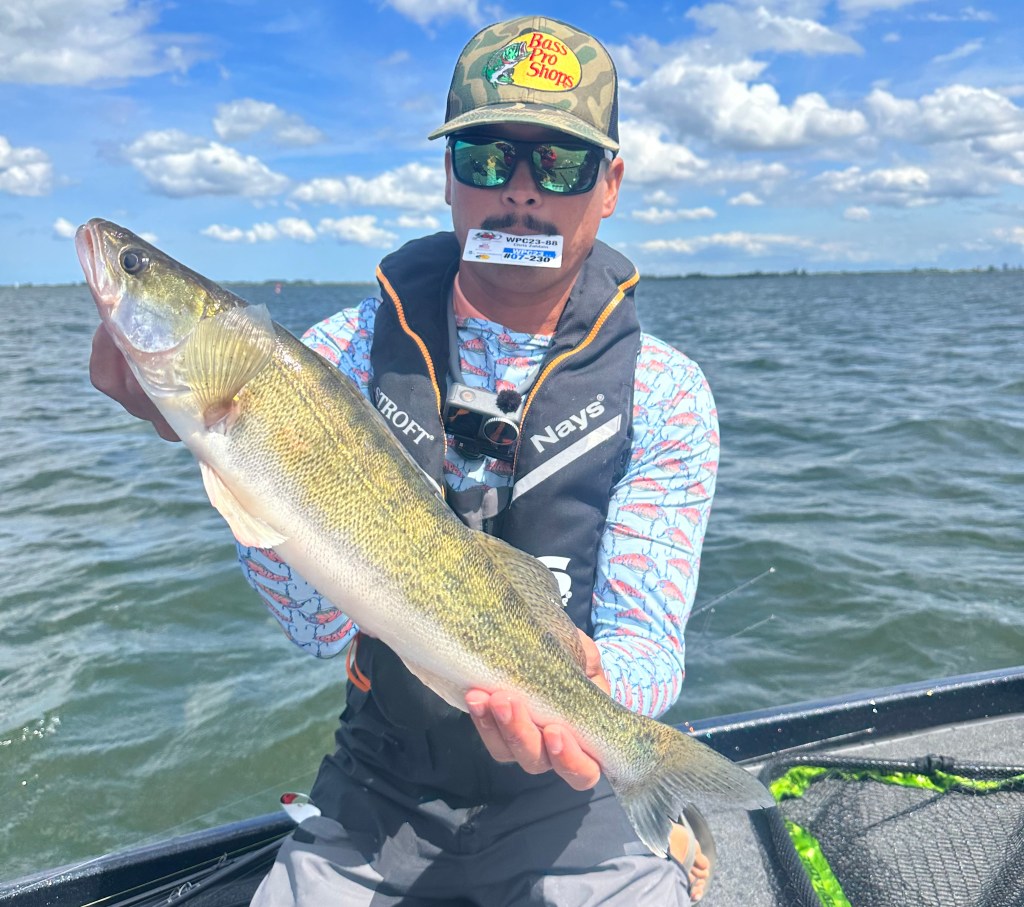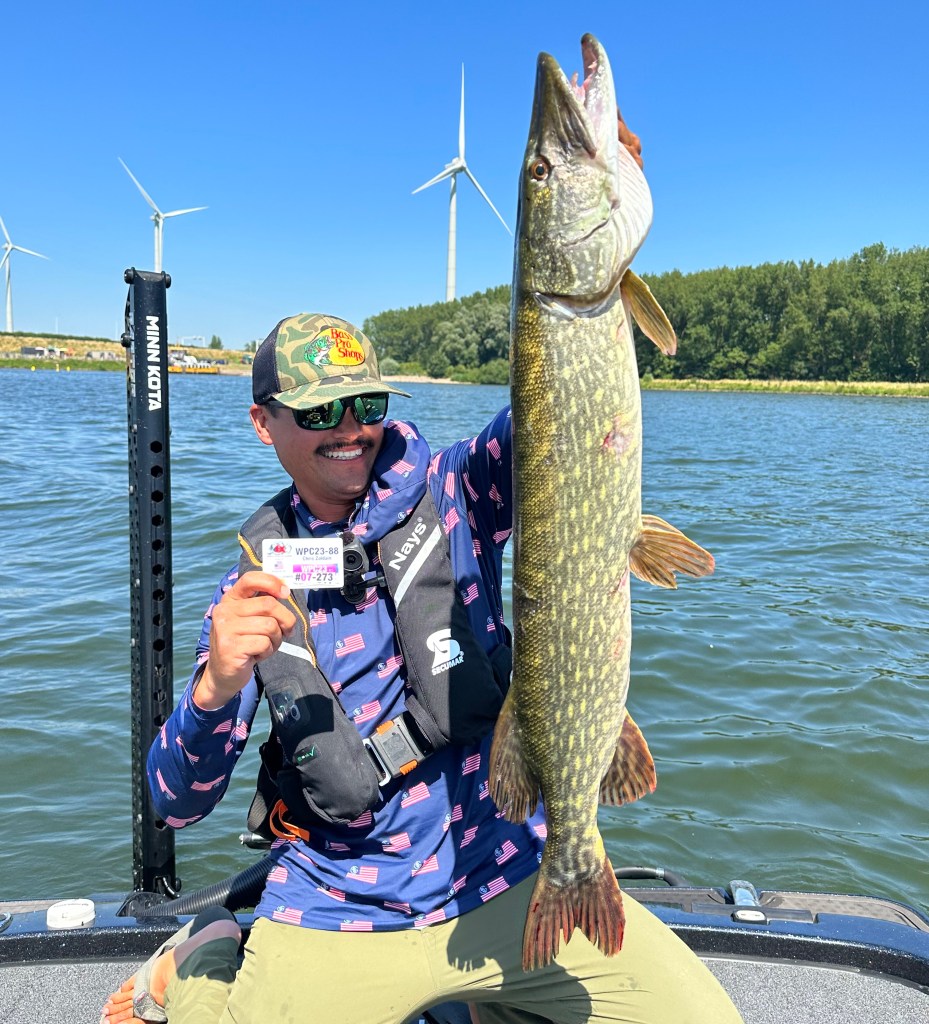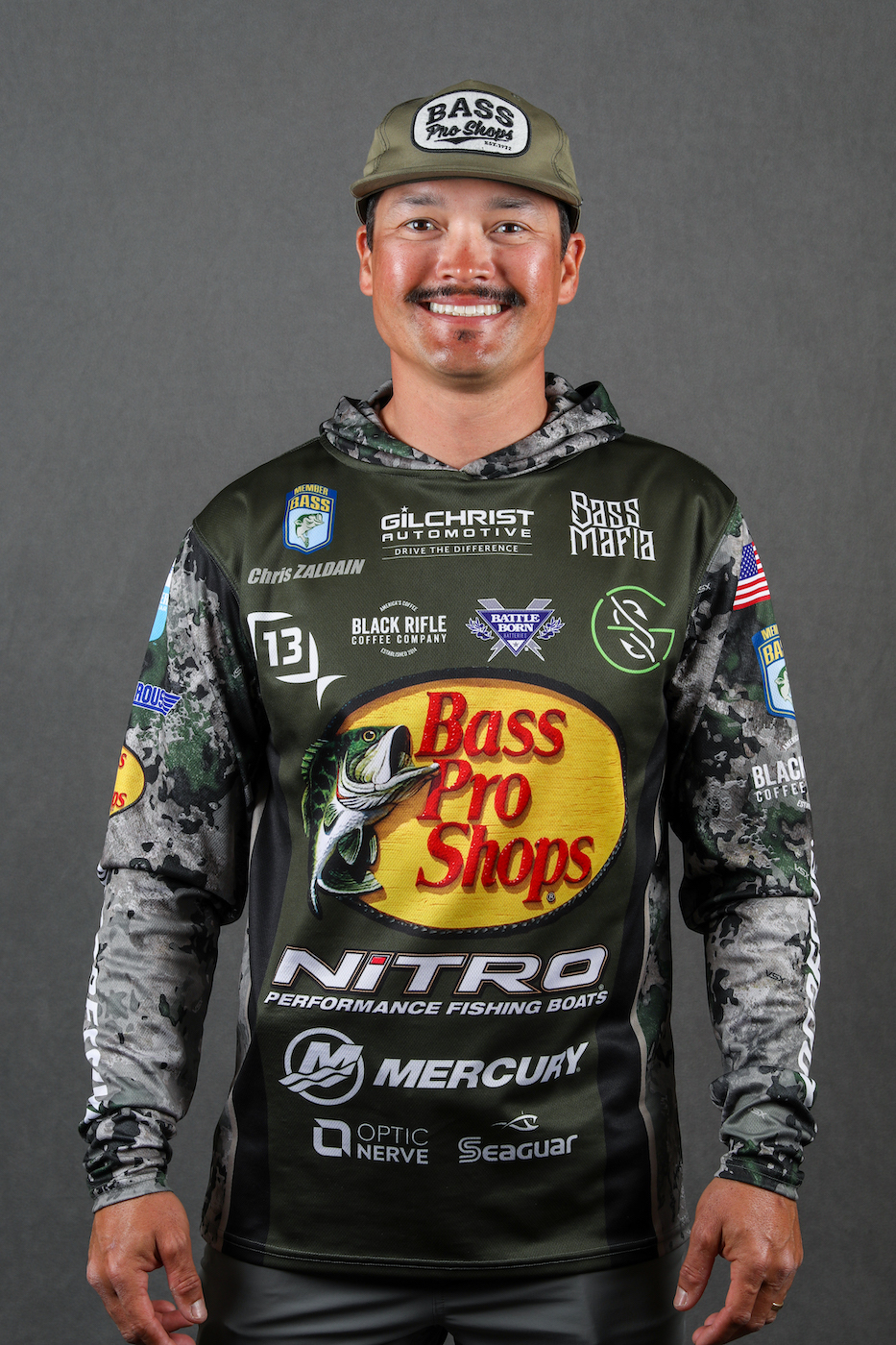
Every now and then I make it a point to sit back and reflect on how fortunate I am. As a Bassmaster Elite Series angler, I’m at the top of the sport and have an opportunity to win $100,000 at every tournament. And, I get to do this for a living.
I fish from an amazing boat equipped with incredible electronics. My rod lockers house the best rods and reels anyone could ask for, and I have unlimited tackle.
With that being said, I just got back from fishing a tournament in the Netherlands in northern Europe. What I can tell you from that experience is that all bass anglers in America have it good — really good.
I was fortunate enough to receive an invite from Nitro and Bass Pro Shops to participate in Europe’s biggest fishing tournament, The World Predator Classic. Nitro and Bass Pro sponsor this event every year.
There were 90 teams from 14 different countries fishing a three-day tournament. The top prize was a brand new Triton bass boat.

Since bass do not exist in the Netherlands, the contestants cast for pike, perch and zander, which is similar to our walleye. Their perch resemble ours but they’re bigger, like 4- to 6-pounders.
The European anglers are just as serious about those species as we are about bass in America.
The hoops European fishermen have to jump through are unbelievable. First, fishing licenses cost much more. They pay tens of thousands of dollars more than we do for the same fiberglass bass boat. Their roadways are so narrow that they must have a custom trailer made for their boat.
We’ve built a multibillon dollar industry around sport fishing in America. The Europeans are far behind, but they’re working to expand fishing opportunities and the tournament community.
While talking with the European anglers I learned that five years ago most of them fished from 16- to 18-foot aluminum deep V boats. Today, more than half of them own fiberglass boats.
I was shocked that all of them knew who I was. They watch Bassmaster Elite Series tournaments on TV and my Bass Talk Live videos on YouTube. They told me they are inspired by the techniques they learn.
We’re not just presenting fishing to Americans; we’re actually speaking to the world. We have incredible fishing opportunities practically in our backyards. Anglers from other countries dream of coming here to fish.
I met amazing people during the tournament. Although there was a bit of a language barrier, fishing is a universal form of communication. We understood each reasonably well because we all had the same love for fishing.
European tournament anglers have to learn how to pattern three different species, not just one. The first third of the day they might target one species, then switch to another during midday and spend the final hours casting for a third species.

They have different rods, lures and presentations for each species. We had fun going through each other’s tackleboxes to compare lures and discuss different fishing styles.
Some of my baits and techniques worked and some didn’t. I was able to catch pike, perch and zander on a jerkbait and a spybait.
When I pulled out an 8-inch glidebait, the Europeans looked at me like I had three eyes. They’re accustomed to throwing big lures for pike, but the glidebait was new to them.
When I started tying the glidebait to 25-pound fluorocarbon the European anglers told me I needed a steel leader. That advice saved me from having my glidebait bitten off when I landed a big pike with it.
As much as I enjoyed fishing in the Netherlands, I was happy to get back to the States. How lucky we are to be fishing in America.

